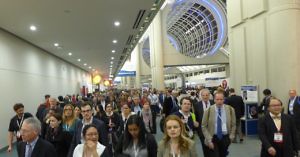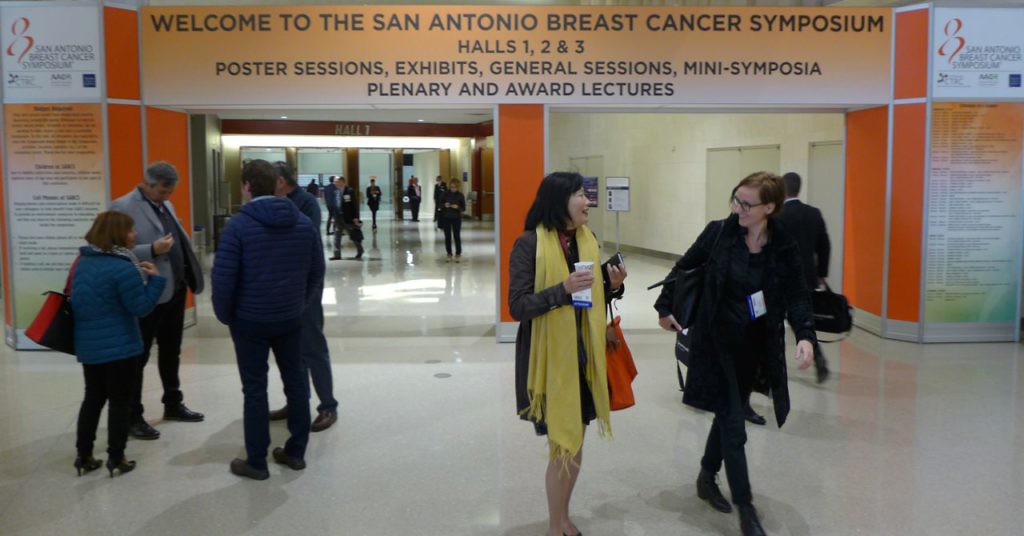ESMO24 Preview 7 – Lighting Up Early Stage Research
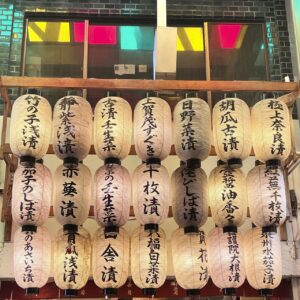 While many observers following ESMO and WCLC next month will be keen on watching the phase 3 trial readouts, there’s plenty of insights to be gleaned from other research too.
While many observers following ESMO and WCLC next month will be keen on watching the phase 3 trial readouts, there’s plenty of insights to be gleaned from other research too.
For example, if we want to maintain market share of existing therapies on the market then we may need to devise solid strategies for handling combinations in the face of new competitors.
Ideally, these should be rational based on information around acquired resistance or immune escape.
Increasingly research on biomarkers as well as genomic and even transcriptomic data is becoming more commonplace.
Here we shine a light on a number of key studies, which may help us move forward with future clinical trials…
To learn more from our latest oncology review and get a heads up on key cancer research insights, subscribers can log-in or you can click to gain access to BSB Premium Content.
This content is restricted to subscribers


 One key emerging area of growth (and importance) in cancer research is the validation, and hopefully clinical use, of more convenient and less invasive biomarker tests based on body fluids rather than tumour biopsies aka ‘liquid biopsies’.
One key emerging area of growth (and importance) in cancer research is the validation, and hopefully clinical use, of more convenient and less invasive biomarker tests based on body fluids rather than tumour biopsies aka ‘liquid biopsies’. Cambridge: the third annual European Association for Cancer Research (EACR) conference on cancer genomics is underway at Churchill College in the UK. (Official Twitter hashtag: #CG17).
Cambridge: the third annual European Association for Cancer Research (EACR) conference on cancer genomics is underway at Churchill College in the UK. (Official Twitter hashtag: #CG17).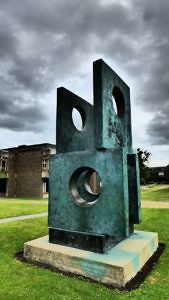 Churchill College, founded by the former Prime Minister, Sir Winston Churchill, is a short 15 minutes walk from the historic city centre and has an edgy modernist field to it, with thought provoking sculptures scattered throughout the grounds. It’s a far cry from the more romantic and dreamy spires of Oxford portrayed in the TV detective series, Morse and Lewis.
Churchill College, founded by the former Prime Minister, Sir Winston Churchill, is a short 15 minutes walk from the historic city centre and has an edgy modernist field to it, with thought provoking sculptures scattered throughout the grounds. It’s a far cry from the more romantic and dreamy spires of Oxford portrayed in the TV detective series, Morse and Lewis.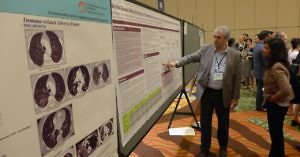 Here we take a step back and highlight six key emerging trends and ideas that were either presented in talks and posters, or are sentiments based on conversations with attendees in the poster halls or corridors.
Here we take a step back and highlight six key emerging trends and ideas that were either presented in talks and posters, or are sentiments based on conversations with attendees in the poster halls or corridors.